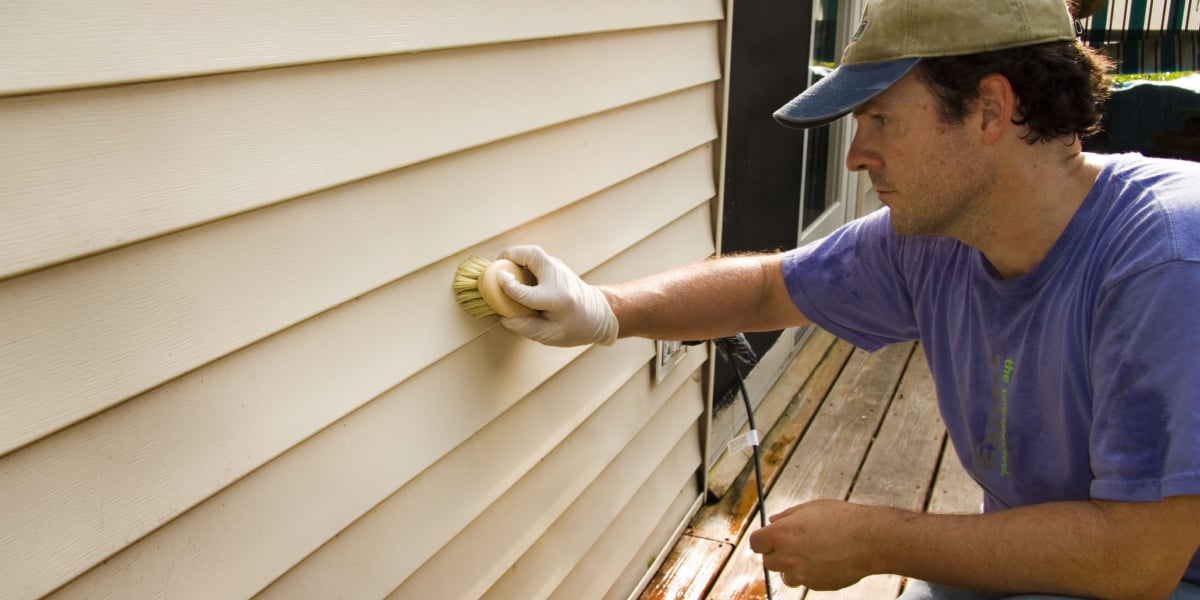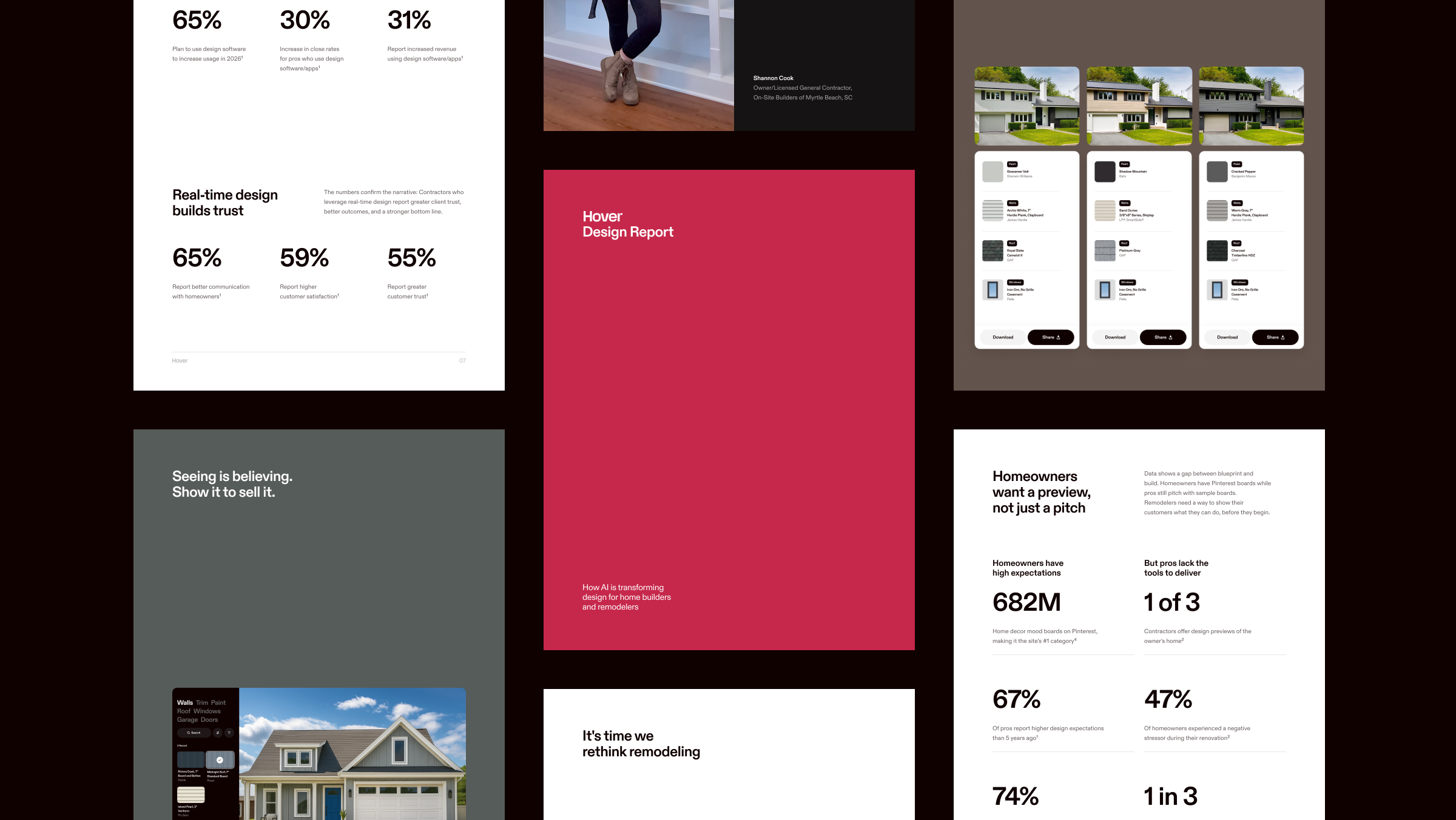Most contractor siding jobs are awarded through bidding, so if you want to grow your business, you need to draft up competitive bids that stand above the rest. Fortunately, it’s not too challenging to write an estimate. Let’s look at what a siding bid is and what are the necessary components.
What are siding bids & why are they important?
A siding bid is a document sent from a siding contractor that expresses interest in tackling a potential client’s siding project. The bid includes the project’s price breakdown and provides a road map of how the contractor will execute the project.
Siding bids are important for both the contractor and the client. As a contractor, you need to see if the project will be profitable before agreeing to it. And customers use bids to scope out as many contractors and their estimates as possible to find one that fits within their budget and fulfills their requirements.
What to include in your siding estimate
If you want to win more siding bids, you must include the following:
Your contact information
Although it may seem obvious, adding your contact information to the bid is central to your business. If it’s not there, they’ll skip over your bid since there’s no way to contact you. Ensure you provide the basics, including your name, business address, phone number, and email address.
The scope of the project
You’ll want to provide an overview of the specific siding project. Define the services needed and outline what you’ll achieve. You should include a detailed list of the materials—siding type, color, and brand name. And if you’re using subcontractors be sure to list them here as well.
A description of the current site
Before drafting the bid, you should have scheduled a visit with the client so you can see the location of the job. It’s during this visit that you’ll get a real idea of the project and determine accurate measurements to ensure a correct estimate. During this visit, it’s crucial to develop a friendly rapport with the potential customer.
You should add your findings from the visit to your bid. This includes site conditions, whether you’ll need to remove old siding, or if there is rotting wood.
The cost estimation
Don’t just include the final, lump total in your estimate. It’s important to break out each line item that goes into the cost to show the customer you’re transparent with your pricing. When listing your pricing component, make sure you include:
1. The total cost of siding materials. You can determine this by multiplying the material’s cost per square foot by the home’s total square footage. So, if the project requires vinyl siding at around $3 per square foot for a 1,000-square-foot home, you can charge the homeowner $3,000 for material costs alone.
2. The total cost of additional materials. When siding a house you need to take into consideration the extra materials needed. This can include J-channel, starter strips, and corner pieces, among others. The cost of labor. To pay your workers fairly you need to add their wages to the final cost. Determine how many workers you need and how many hours it’ll take to complete the job, and then multiply the two numbers to get the total hours worked. Multiply that sum by their wage to get the total cost of labor.
3. The cost of labor. To pay your workers fairly you need to add their wages to the final cost. Determine how many workers you need and how many hours it’ll take to complete the job, and then multiply the two numbers to get the total hours worked. Multiply that sum by their wage to get the total cost of labor.
4. Taxes. You can charge the client the taxes on service and siding material and help yourself from paying taxes on your business profits. We recommend you hire an accountant to help determine what your taxes should be per job.
5. Overhead and profit margin. Including overhead, or extra costs, and giving room for yourself to make a profit helps to prevent surprise expenses and keeps you in business. Your overhead costs could include a myriad of different things including uniforms, office rent, insurance, accounting, and different software integrations—anything extra you need to complete the project. The profit you choose to add to the final siding project price depends on your desired profit margin. You don’t want it to be too large and possibly scare off potential clients, but making it too small will eat into your business. Typically contractors add a 10% profit margin to their project’s totals.
Your rroject schedule
Last but not least, you’ll want to include the project’s schedule in your bid. This will cover the project's duration from start to finish, detailing siding milestones in between. Remember to add some padding in case of delays or unseen events.
Tips to win more bids & grow your business
There are a few elements you can add to your bids to really make them stand out and earn your client’s trust. The first is to incorporate value-added services into the bid. These are details that prove how your services will add value to the potential client. You can show this by providing an extra service or extending an existing one.
Another way to stand above the crowd is to showcase your differentiators by explaining how your business differs from your competitors and why you are perfect for the project. This could mean you use unique siding software that lets the clients see the project before it’s even been completed. Using Hover’s technology, you can snap a few pictures of the home with your smartphone and the app will develop a 3D model. This interactive model will then give you every measurement you need to estimate a siding project.
With more accurate estimates and this visual in front of them, homeowners are more likely to choose you as their contractor. Business win rates are an impressive 2.6x higher when contractors show a Hover 3D model during appointments. It’s exciting for people to see their own home transformed before their eyes, and Hover gives them a fun and easy way to start playing with the possibilities.
Chat with a rep today and see how our software can help you build more accurate bids and impress customers with an interactive experience.



